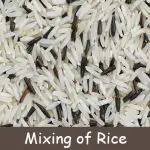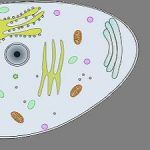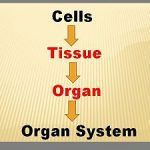The phenotype is the physical appearance of an organism, while the Genotype is the genetic composition of an organism. Phenotype is observable and are the expression of the genes of an individual. So even the organism with the same species may differ, with a minute difference in their genotype. This is the main difference between the two. We can notice one's hair colour, eye … [Read more...] about Difference Between Phenotype and Genotype
Science
Difference Between Physical and Chemical Change
Any matter can undergo two types of changes: Physical or Chemical changes. The physical changes are those actions that generate no new substance. Instead, the older substance only changes in its size, structure and sometimes texture. Whereas the chemical changes give rise to a very new substance. And the older one loses all its characteristic properties. The physical changes … [Read more...] about Difference Between Physical and Chemical Change
Difference Between Dementia and Alzheimer’s
Alzheimer's disease is one of the common types of the Dementia. Dementia is a syndrome that describes the brain disorders and makes the person hard to remember, the decline in the decision-making ability, communication ability, losing emotional control, repetitious questioning. On the other hand, Alzheimer's is a disease which affects thoughts, memory, communication skills, and … [Read more...] about Difference Between Dementia and Alzheimer’s
Difference Between Cytoplasm and Protoplasm
Presence or absence of the nucleus is the main difference between cell's cytoplasm and protoplasm. As cytoplasm does not have the nucleus, which is present in the protoplasm. Even the cytoplasm consists of the organelles like mitochondria, Golgi body, endoplasmic reticulum, etc., on the other hand, protoplasm consists of the cytoplasm, nucleus, and the plasma … [Read more...] about Difference Between Cytoplasm and Protoplasm
Difference Between Tissue and Organ
Cells make tissues and tissues make an organ, and different organs present in the body make an organ system. The tissue is capable of performing the simple task while organs are known for operating the complex one. Though the size of the organ is greater than the tissue and requires more energy to perform any function. Living organisms have great diversity, whether living in … [Read more...] about Difference Between Tissue and Organ





